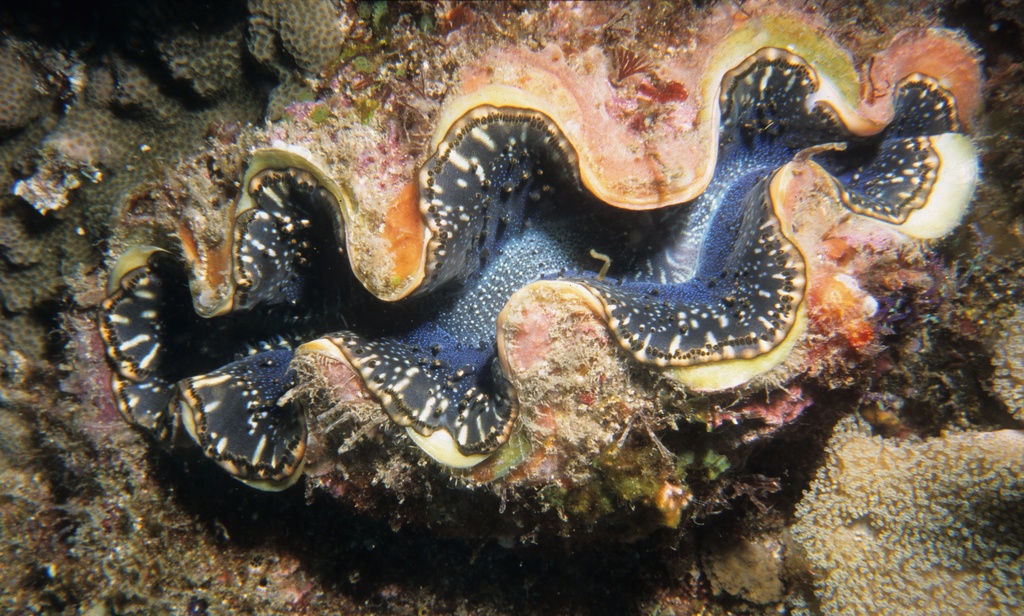Sticking it to Nature
A new underwater glue is science’s latest attempt to mimic the natural world
Lydia Chain • November 14, 2014

Clams make a sticky substance that scientists are trying to copy. [Image credit: Flickr User Derek Keats]
For all our advanced technology, the feats of the natural world remain difficult to replicate. Scientists are still unraveling how squids match their skin color to whatever is behind them, or how to build a computer that functions like a human brain. In the case of underwater glue, however, researchers have just one-upped nature.
Mollusks and barnacles make a gluey mucus that allows them to stick to rocks and the ocean floor. This glue attaches them firmly to a surface so they aren’t battered about by the current and can remain in areas where food is bountiful. One of the reasons this mucus is so sticky is that it is made of protein molecules that self-assemble, or naturally align, into a mesh of microscopic, cross-linked fibers that increase the strength of the bond. Scientists have struggled to create a similar glue that, like mollusk mucus, does not rapidly dissolve under water. Even when able to recreate the mollusk proteins, scientists could not get them to self-assemble into the proper bond.
Now, a group of biotechnologists from the Massachusetts Institute of Technology have engineered a strain of bacteria to produce an even better underwater glue than the mollusks. The team inserted both mollusk genes and genes from an ocean-dwelling species of bacteria into a second bacteria’s genome, and with this mixture, made a super glue. The second strain of bacteria naturally forms a biofilm, another mucusy substance that protects the colony. These biofilm proteins turn out to be the key to making the mollusk glue self-assemble. They also make the final product even stickier— 1.5 times as sticky as the next best biosynthetic glue and stickier than the mollusk glue itself.
This underwater glue could be used to repair ship hulls and oceanic machinery, and even heal wounds. The blood and fluid in a cut can make it very difficult for the damaged flesh to stick together; this glue could hold these wet surfaces together to facilitate healing. This team’s results, published in September’s issue of Nature Nanotechnology, demonstrate the human ability to surpass mere replication and use nature’s tools to innovate better technology. I can’t wait to see what we end up doing with that color-shifting squid skin!